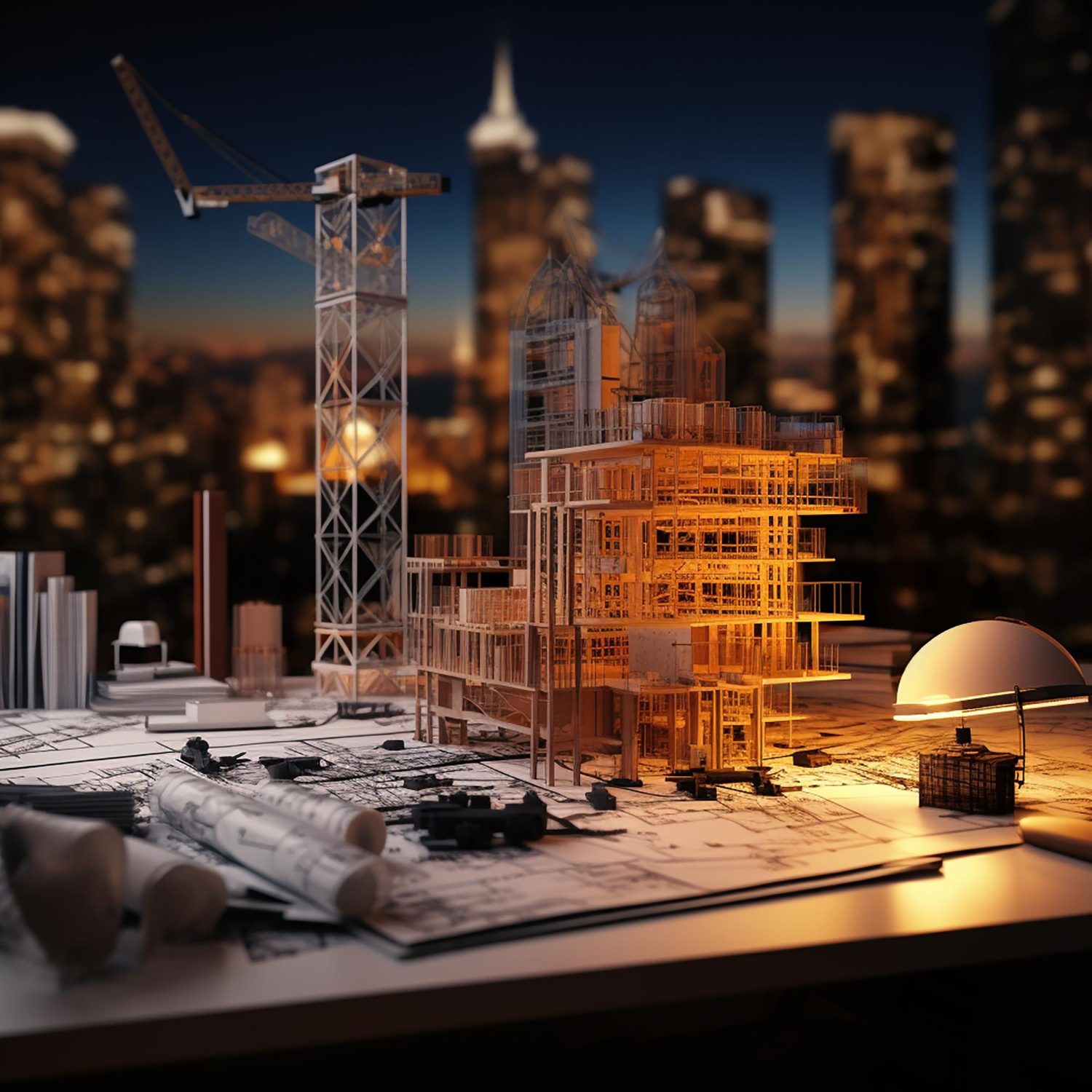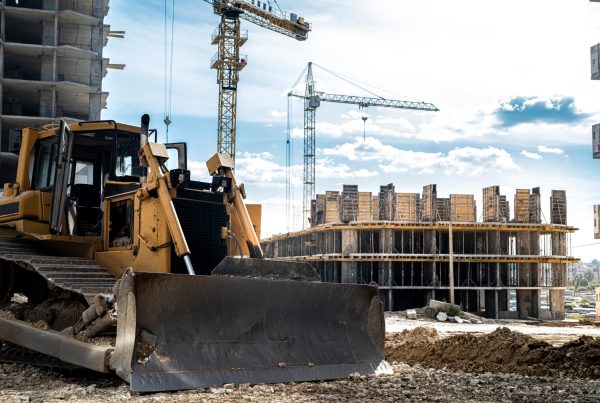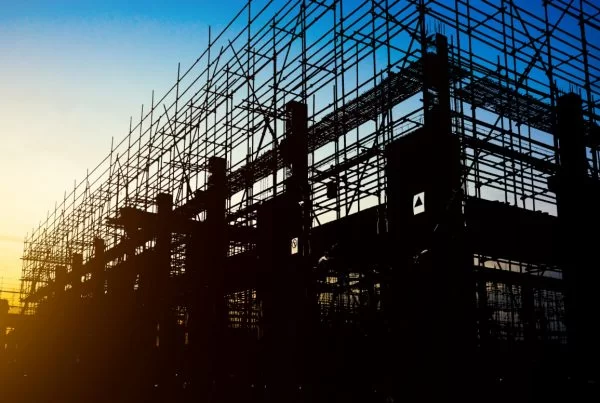
In the ever-evolving world of construction, precision and visualisation are paramount, and Artificial Intelligence (AI) has emerged as a powerful tool, transforming the realm of Building Information Modeling (BIM) and 3D modelling.
BIM is the cornerstone of modern construction projects. It involves creating digital representations of a building’s physical and functional characteristics. AI complements BIM by automating various aspects of the modelling process. AI algorithms can analyse vast amounts of data, generating detailed BIM models with unprecedented speed and accuracy. This expedites the design phase and minimises errors, ensuring construction projects start on a solid foundation.
AI-powered BIM systems enable real-time collaboration among architects, engineers, and other stakeholders. These systems can visualise projects in 3D, allowing teams to explore design alternatives and identify potential issues before construction begins. With AI’s assistance, project stakeholders can make informed decisions promptly, resulting in more efficient project execution and cost savings.
AI does not stop at creating BIM models; it also optimises designs. Machine learning algorithms analyse design data to identify opportunities for improvement. Whether enhancing energy efficiency, maximising space utilisation, or optimising structural integrity, AI-driven design recommendations empower architects and engineers to create more sustainable, functional, and cost-effective buildings.
3D Modeling Reimagined
AI’s impact extends beyond BIM, revolutionising 3D modelling. AI-driven 3D modelling tools can generate highly detailed and realistic models, making it easier for stakeholders to visualise the final product. These models can also simulate various scenarios, such as daylighting, shadow analysis, and acoustic simulations, helping architects and designers fine-tune their creations for optimal performance.
AI’s integration into BIM and 3D modelling promises a future where design and visualisation are more accessible, accurate, and dynamic. It enables architects, engineers, and construction professionals to explore innovative ideas and make data-driven decisions throughout the project lifecycle.
Join us in the following article as we explore how AI is revolutionising materials management, inventory optimisation, and supply chain logistics, paving the way for timely and cost-effective material procurement in the construction industry.
Article 1: AI for Equipment and Fleet Management: Pioneering Efficiency and Rise of Autonomous Machinery
Article 2: AI and Sustainable Construction: Building a Greener Tomorrow
Article 4: AI for Materials Management and Supply Chain: Revolutionising Procurement Efficiency
Article 5: Challenges and Future Trends in AI Adoption















